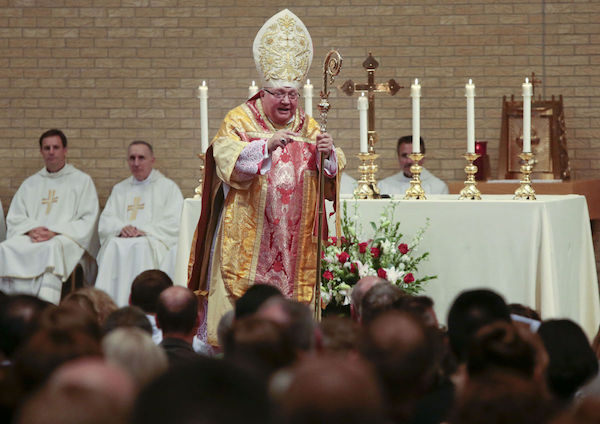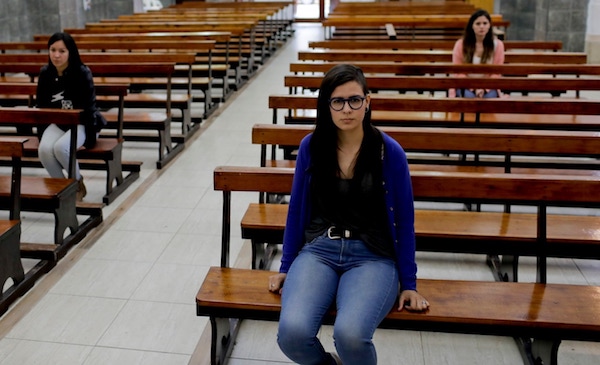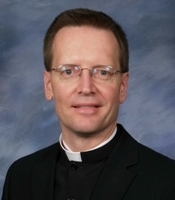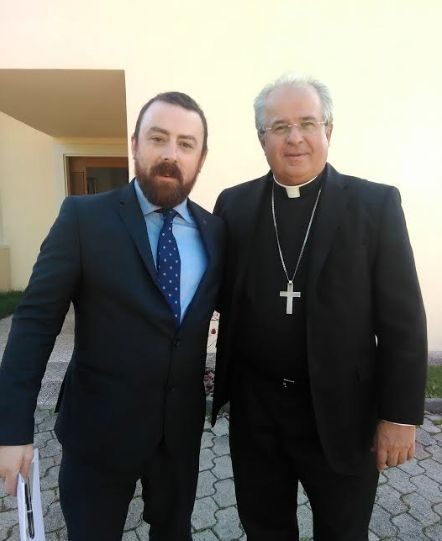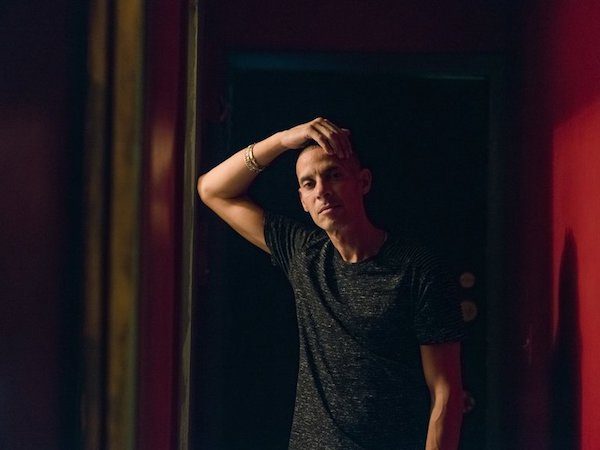
Over the past 25 years, a university professor named Jaime Lara built an illustrious career in the academic world of sacred art history. He was a professor at Yale University for more than a decade, wrote five books and won more than a dozen prestigious awards and fellowships. Since 2013, he has been a professor of medieval and renaissance studies at Arizona State University.
But through his rise, Mr. Lara has kept a secret. On Thursday, the Roman Catholic Diocese of Brooklyn revealed that 25 years ago, Mr. Lara, then known as the Rev. James Lara, was laicized by the Vatican for sexually abusing children.
The Brooklyn diocese hid Father Lara’s secret from the public, but quietly posted Mr. Lara’s name on its website on Thursday morning, confirming that he had been laicized, or defrocked, for the abuse. Later in the day, the diocese posted the names of seven more former priests who were defrocked for child sexual abuse offenses, in an effort to protect children who might come into contact with them.
The public posting was meant to partly answer victims and their advocates who have pleaded for decades for the publication of all of the names of priests credibly accused or defrocked for child sexual abuse, to prevent the abuse of additional children. About 15 dioceses around the country have published partial lists.
In a statement, the Brooklyn diocese said Thursday’s release was inspired by the findings of its Independent Reconciliation and Compensation Program, a mediation panel that is awarding settlements to victims of its priests
“When the diocese launched the I.R.C.P. back in June, Bishop DiMarzio said that he would never stop working toward reform and he reaffirmed his commitment to the protection of children,” said Carolyn Erstad, a spokeswoman for the diocese, referring to Bishop Nicholas A. DiMarzio, the leader of the diocese. “I think what we are seeing here are those words in action.”
The other priests listed were Joseph P. Byrns, who served from 1969 to 2002; William E. Finger, who served from 1962 to 1980; Stephen Placa, who served from 1995 to 2002; Thomas O. Morrow, who served from 1971 until 1987; Romano J. Ferraro, who served from 1960 to 1988; Charles M. Mangini, who served from 1968 to 1993; and Christopher Lee Coleman, who served from 1994 to 2011.
Mr. Mangini declined to comment; the other six could not be reached.
Those seven priests represent a fraction of the Brooklyn and Queens clergy implicated in the 233 claims before the compensation program, which is awarding settlements to victims who agree to drop further action against the diocese. A website that tracks abuse allegations against priests, Bishopaccountablity.org, list 55 priests as accused abusers in the diocese since the 1930s, but the total number is unknown.
Victims of Father Lara, who served in Brooklyn for 19 years, and victim advocates said on Thursday that while they were glad that his name was being publicized, they felt it was too little too late.
“There is no excuse for a supposedly moral institution to wait 25 years to release a pedophile priest’s name,” said Mitchell Garabedian, a lawyer portrayed in the Oscar-winning film “Spotlight,” about clergy sexual abuse. He is representing three people who claim they were abused by Mr. Lara between the ages of 9 and 11. “Because of the church’s immoral behavior, dozens, if not hundreds, of children have probably been sexually abused by Father Lara, and their lives have been destroyed and their families’ lives have been destroyed.”
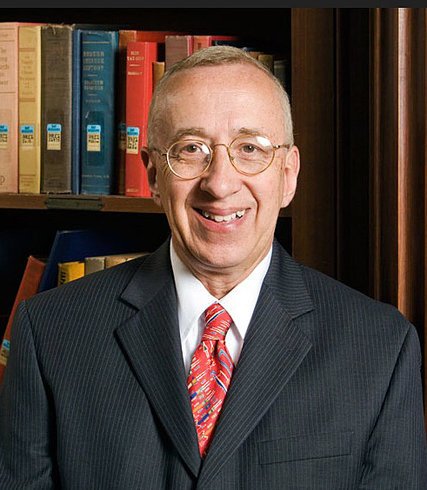
Mr. Lara did not respond to a request for comment.
Thursday’s disclosure appears to be the first time the diocese has formally acknowledged the names of priests laicized for child sexual abuse. At least five people who say they were abused by Father Lara have applied for compensation.
Ricardo Gonzalez, 48, who has received compensation, said in an interview on Thursday that he was around 11 years old when Father Lara began to abuse him.
He met Father Lara, he recalled, at a summer program at Public School 321 in Park Slope. Father Lara seemed to always be hanging around the gym, and when he offered to take him and his younger brother and sister to the movies and for ice cream, they were thrilled.
But little by little, in a process common to child sexual abusers known as grooming, Father Lara became intimate with Mr. Gonzalez. “He wanted me to kiss him, he would get on top of me, he would say you can do better than that,” he said, remembering the terror he felt when invited to the rectory. “He would make me touch him in his private parts.”
As the abuse continued, Mr. Gonzalez, who is now a hairdresser, dropped out of high school and at one point attempted suicide, he said. As an adult, he has tried to track down Mr. Lara, and called institutions that had hired him to tell his story. But he felt he was never believed.
“I want everyone to know who he is,” he said. “I want him to lose his job, I want him to not have a drink of water. He ruined the little belief that I have. He is a very, very horrible person.”
Another victim, who asked to be referred to by his middle name, Armando, to protect his identity, noted that Mr. Lara favored Hispanic boys. He recalled how Father Lara seemed to always be around at St. Francis Xavier in Park Slope, as chaplain of the Boy Scouts and head of the altar boys.
He said he was abused from age 11 until he started college. Once, Father Lara bought him a sweatshirt from a trip to Scotland, he recalled, and asked him to strip naked before allowing him to put it on.
“I spent my life, not remembering,” Armando, 52, said. “I thought, I’m lucky, it didn’t impact me, God must have blessed me.” But three years ago, he said, the memories caught up with him, and his life began to fall apart. “I was just able to hold off a little longer,” he said.
Victims and their advocates had been tailing Mr. Lara for years. Robert M. Hoatson, a former priest who helps victims, said that he wrote to the University of Notre Dame around 2012 to warn it about Mr. Lara, who was a visiting professor at the time.
But then he went to at Arizona State University in Tempe as a research professor in the Arizona Center for Medieval and Renaissance Studies. He continued to publish articles and books, and serve on the board of directors of the Society for the Arts in Religious and Theological Studies.
On Thursday, Arizona State University said that in response to the diocese’s revelation, it had asked Mr. Lara for his resignation and that he had given it.
Complete Article ↪HERE↩!

